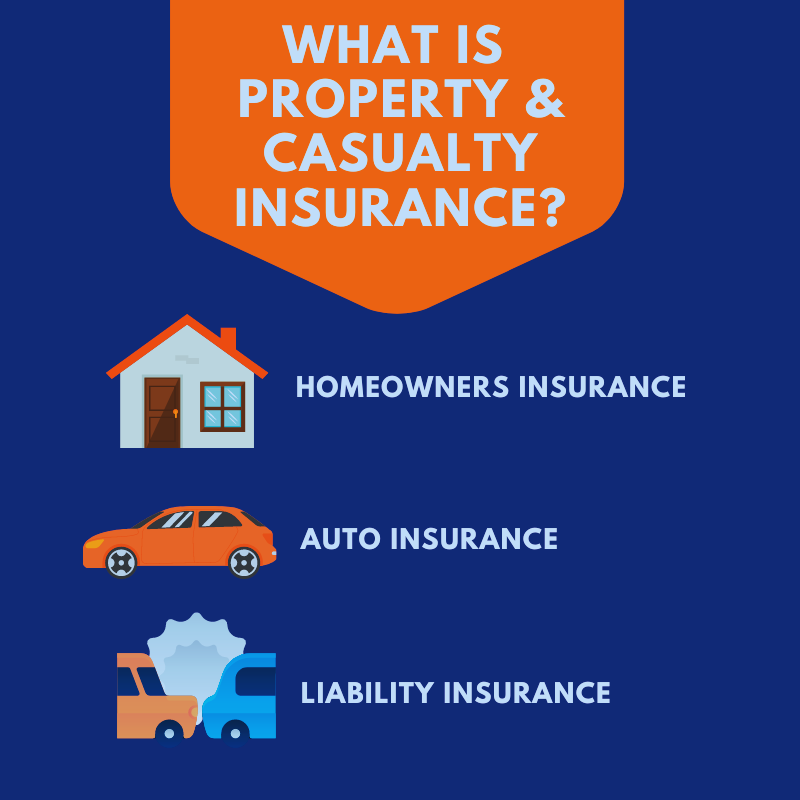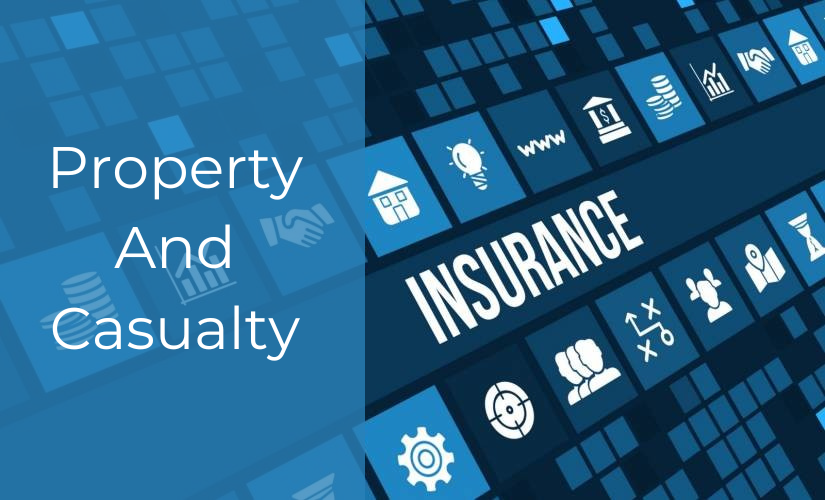Insurance plays a crucial role in managing risks by providing protection against various uncertainties in our personal and professional lives. Among the most widely used types of insurance for both individuals and businesses is property and casualty insurance. This form of coverage offers comprehensive protection for physical assets, such as homes, vehicles, and equipment, while also addressing liability risks that can arise from accidents or injuries to others.
Understanding what is property and casualty insurance and how it works is essential for ensuring that you have the right protection in place. It helps you navigate potential financial losses due to unexpected events, such as theft, natural disasters, or legal claims. By understanding how this insurance works, you can make informed decisions about your coverage needs. That being said, let’s take a closer look at what is property and casualty insurance and the way it works.
What Is Property and Casualty Insurance?
Property and casualty insurance is a category of coverage that protects against risks related to physical property and legal liabilities. Property insurance covers physical assets such as homes, vehicles, and personal belongings from events like fires, theft, and natural disasters. On the other hand, casualty insurance, often referred to as liability insurance, protects individuals and businesses from legal liabilities that arise from accidents, injuries, or damage they cause to others.
In many cases, these two types of insurance are bundled together, providing a more comprehensive form of coverage. For example, homeowners insurance typically covers both damage to your property and liability if someone is injured on your property. Similarly, auto insurance policies often include coverage for damage to your car as well as liability for injuries or damages you might cause to others in an accident.

Key Components of Property Insurance
Now that we’ve defined what is property and casualty insurance, let look at the key comomnents of property insurance first. This insurance protects physical assets against unpredictable situations that can result in financial losses. Some of the common types of property covered under these policies include:
- Residential properties – This includes homes, apartments, and other types of properties that people live in.
- Commercial properties – Buildings and equipment used for business purposes, such as offices, factories, and warehouses.
- Vehicles – Personal and commercial automobiles, trucks, and other vehicles.
Property insurance policies are designed to cover specific risks, known as perils. These perils can vary depending on the policy, but some of the most common risks covered include fire, theft, vandalism, and certain types of natural disasters like storms or earthquakes. For businesses, property insurance can also include protection against business interruption, which helps cover lost income if the business is forced to close due to property damage.
Key Components of Casualty Insurance
Casualty insurance, also known as liability insurance, is focused on providing protection against claims that arise from injuries or damages caused to others. This type of coverage is critical for both individuals and businesses, as it helps cover the costs of legal defense and any damages that may be awarded if you are found liable for an accident or injury. Common types of casualty insurance include:
- General liability insurance – covers claims of bodily injury or property damage caused by your actions or negligence. This is often used by businesses but can also apply to individuals.
- Workers’ compensation insurance – required for businesses with employees, this policy covers injuries or illnesses that employees may sustain while on the job.
- Auto liability insurance – protects against claims for bodily injury or property damage caused by the insured driver.
Casualty insurance ensures that individuals and businesses are protected from the financial impact of lawsuits and claims that can arise from accidents, negligence, or other incidents.
Differences Between Property and Casualty Insurance
While property and casualty insurance are often bundled together, they have several different components. Property insurance primarily focuses on protecting physical assets from damage, destruction, or loss. In contrast, casualty insurance focuses on covering legal liabilities resulting from accidents or injuries you cause to others.
For example, if a fire damages your home, your property insurance will cover the cost of repairs. If someone slips and falls on your property and sues you for medical expenses, your casualty insurance will cover the legal costs and potential settlement. These two types of coverage work in tandem to provide comprehensive protection against a wide range of risks.
How Property and Casualty Insurance Work Together
Having both property and casualty insurance is crucial for complete protection. While property insurance protects you from losses related to damage or theft, casualty insurance ensures that you are not financially burdened by claims of injury or damage caused by your actions.
Let’s take an example a business that operates out of a commercial building. The business owner needs property insurance to protect the building and its contents from damage due to events like fire or burglary. At the same time, the owner needs casualty insurance to protect against potential lawsuits if a customer is injured on the premises or if a defective product causes harm. Without both types of coverage, the business could face significant financial exposure.
A business owner’s policy (BOP) is a popular insurance option for small businesses. A BOP combines property and casualty insurance into one policy, offering a more convenient and cost-effective way to ensure comprehensive coverage. This type of policy is especially useful for businesses that face both property-related risks and potential liabilities from their operations.
Common Property and Casualty Insurance Claims
Property and casualty insurance claims are a regular part of life for both individuals and businesses. Common property insurance claims include:
- Damage from natural disasters – hurricanes, floods, and wildfires.
- Theft or vandalism – loss or damage caused by criminal activity.
- Auto accidents – claims for vehicle repairs after a collision.
On the casualty side, frequent claims include:
- Slip-and-fall accidents – liability claims filed by individuals who are injured on someone else’s property.
- Business liability lawsuits – claims related to product defects, employee actions, or accidents that occur on business premises.
- Auto liability claims – resulting from injuries or damage caused by the insured driver.
Understanding the types of claims covered under property and casualty insurance helps policyholders manage risk effectively and ensures they have the proper coverage in place.

Industries That Rely on Property and Casualty Insurance
Many industries depend on property and casualty insurance for effective risk management and operational protection. One such industry is the retail sector, which relies on this type of insurance to safeguard against property damage to storefronts and to cover liability for injuries sustained by customers.
Another example is the manufacturing industry. In the manufacturing sector, property and casualty insurance is crucial for protecting equipment and facilities while also shielding businesses from liability related to defective products.
The construction industry benefits from this coverage by protecting against damage to building sites and materials, as well as liability for worker injuries and accidents that may occur on the job site. Given the unique risks faced by these industries, property and casualty insurance is an essential component of their risk management strategies.
Benefits of Property and Casualty Insurance
The main benefit of property and casualty insurance is the peace of mind it provides by protecting against a wide array of risks. For property owners, it ensures that their assets are protected from financial loss due to unforeseen events. For individuals and businesses, it provides protection from the potential financial consequences of lawsuits and liability claims.
By having the right property and casualty coverage in place, individuals and businesses can confidently face the future, knowing they are protected against both physical and financial risks. This comprehensive protection allows them to focus on their core business responsibilities without the constant worry of unexpected setbacks.
Conclusion
Property and casualty insurance offers comprehensive protection for both assets and liabilities, making it an essential part of any risk management strategy. Whether you are a homeowner, vehicle owner, or business owner, understanding how these two types of insurance work together is key to ensuring that you are fully protected from both property damage and legal liabilities. Reviewing your coverage regularly can help you maintain the appropriate level of protection for your specific needs.
Additionally, many agencies consider P&C insurance outsourcing services to enhance their operations. By using a P&C outsourced BPO company, you can offload tasks such as claims processing and policy administration taht will allow you to focus on what truly matters—improving core business responsibilities and improving client satisfaction.
